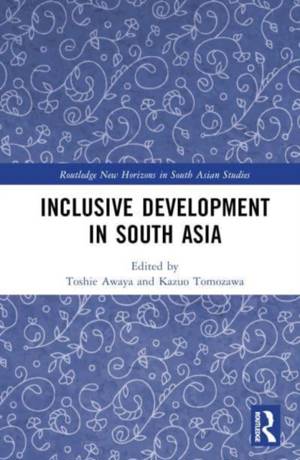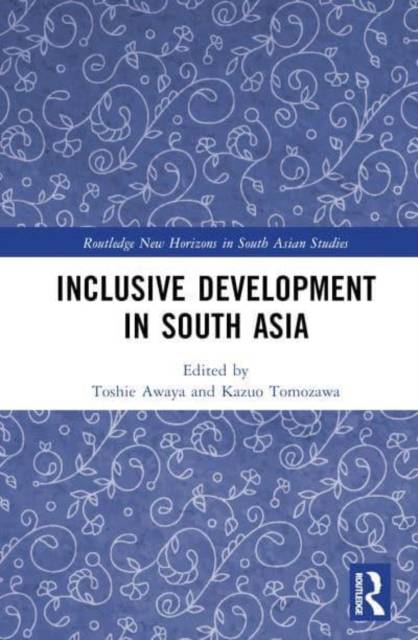
- Retrait gratuit dans votre magasin Club
- 7.000.000 titres dans notre catalogue
- Payer en toute sécurité
- Toujours un magasin près de chez vous
- Retrait gratuit dans votre magasin Club
- 7.000.000 titres dans notre catalogue
- Payer en toute sécurité
- Toujours un magasin près de chez vous
Inclusive Development in South Asia
Description
This book examines the multi-layered aspects and the complexities of inclusive development in South Asia based on recent data and using innovative methodology.
The book offers an analysis of the existing ground realities in terms of economic and inclusive development, presenting relevant discussion and findings. It discusses lower castes, tribes, religious/ethnic minorities, and other socially vulnerable people, as well as gender, rural-urban, and educational disparities in South Asia, and highlights that all these issues are interrelated. Structured in two parts--Spatial Dimensions, Labour, and Migration, and Social Dimensions and Beyond Inclusion--the chapters present emerging new concepts related to socio-economic and inclusive development and use effective and valid methods and methodology covering the ground realities-based information and secondary data-based analysis. Evaluating the extent to which inclusive development has been realised in South Asia, the contributors explore a new approach towards the concept of 'inclusiveness' by drawing on the experiences of the diverse societies in South Asia.
An immensely useful contribution to the analysis of different economic and social issues in different countries in South Asia, focusing on inclusivity, this book will be of interest to researchers working on South Asian Politics and Development Economics.
Spécifications
Parties prenantes
- Editeur:
Contenu
- Nombre de pages :
- 342
- Langue:
- Anglais
- Collection :
Caractéristiques
- EAN:
- 9781032303710
- Date de parution :
- 30-12-22
- Format:
- Livre relié
- Format numérique:
- Genaaid
- Dimensions :
- 156 mm x 233 mm
- Poids :
- 624 g






